How To Garden in Fall With Some Bitchin’ Mulch
Years ago I had a lady come through my garden on a tour who physically reached her hand down into my ground below the mulch layer and pulled up a mound of soil thick with worms. She hugged me and said, “Sweet Stuff, your mulch is bitchin’!” Never will I forget that moment – first of all when someone calls you “Sweet Stuff” you gotta stop and take notice – and NO ONE has ever described mulch as “bitchin’!” to me. Indeed, however, it IS bitchin’ because mulch is the gardeners best friend.
Although I apply mulch all through the spring and summer, for example, in the top photo you see an area in my front lawn vegetable garden that I mulched late summer because my onions failed and left a naked spot in the garden. Applying mulch in the fall is easier because you can easily put the mulch over fallen frosted hostas and other plants (see photo right) without having to worry about getting the mulch right up to the base of the plant. If they are down for the season, covering them quickly and easily makes a lot of sense. The only disadvantage of mulching in the fall is if you cover the ground too late with mulch you can heat up the plants and cause a growth spurt right at the point when a hard freeze might set in.
With this in mind, I typically mulch a light 2 inch layer in the fall to keep the soil with an even temperature to encourage beneficial micro-organism growth and prevent soil heaving and root damage.
Mulch Benefits
Applying natural mulches protect plants from temperature severity in winter, reduces water loss (by 10 to 50 percent) in the soil, and suppresses weed growth. As the mulch disintegrates and slowly rots into dust it also acts as a soil amendment. I prefer wood mulch; this year I chose pine bark fines (3/4” screened) from Midwest Trading. I have used free mulch from the local city road maintenance groups without trouble or disease as well, however, I like the consistent rich brown color of the pine bark and how it makes the beds look.
Weed control is incredibly important in my garden and by using weed-seed-free mulch weeds can be reduced by two-thirds. However, if you get seedy hay or grass, you can encourage more weeds to grow, so the secret is to get mulch which has been processed somehow, has sat in a pile “heating” for a few weeks (it kills off the seeds), or does not inherently contain weed-seeds.
Mulch Application
Applying mulch in the fall is super-easy. If you are applying over already frosted perennials like hostas, just throw a few inches of mulch down on top of the flattened plants. If you are trying to protect a special plant like a tropical, you might want to add a thick layer of mulch on that plant alone (see above photo). However, for the average plants in your garden, simply mulch right up to the plant base (see photo below).
Below I have mulched my beets and Luscious Berry Blend Lantana with pine bark fines (3/4” screened) from Midwest Trading. Note I take the mulch right up to the base of the plant, careful not to smother the plant.
While there are dozens of different choices for mulches, I stick with renewable wood and green choices, preferring to stay away from Cypress Mulch. Every year thousands of acres of cypress swamp trees are being harvested for mulch, but because cypress is difficult to grow from seed, replacement of harvested trees with cultivated ones does not consistently occur.
Non-native plants often invade where the cypresses grew forcing native wildlife to move on to other locations. It is important to read labels and make sure you understand the products you use in the garden. Choosing sustainable choices for mulching is important to our environment.
Make a smart choice and add some bitchin’ natural and sustainable mulch to your garden to protect it through the winter.
Special Note – Because the FTC requires it, I am letting you know that the plants were supplied by Proven Winners and Bonnie Plants. Midwest Trading supplied the mulch I used in this garden. I have used their products because I WOULD even if they had not given the products to me and they have produced great success. I donate a large portion of the vegetables I grow in my soil-improved garden to the local food pantry when harvested. All opinions are my own!
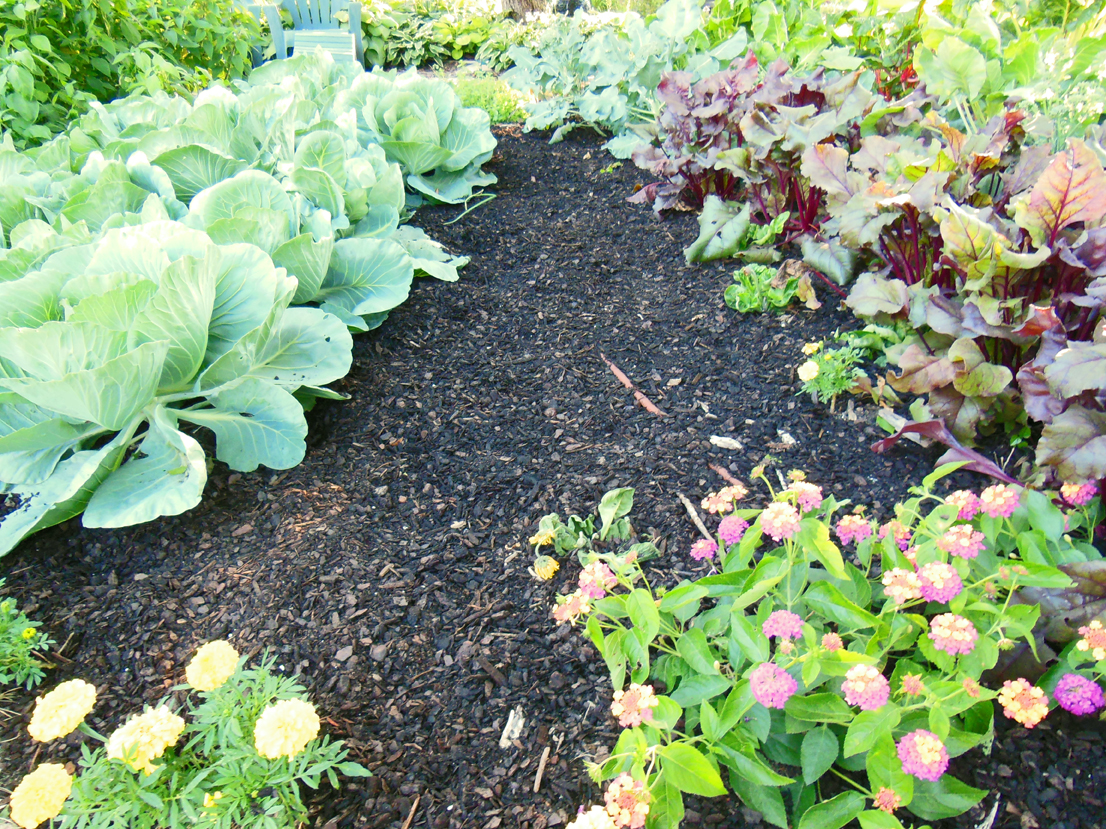
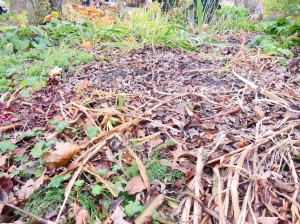
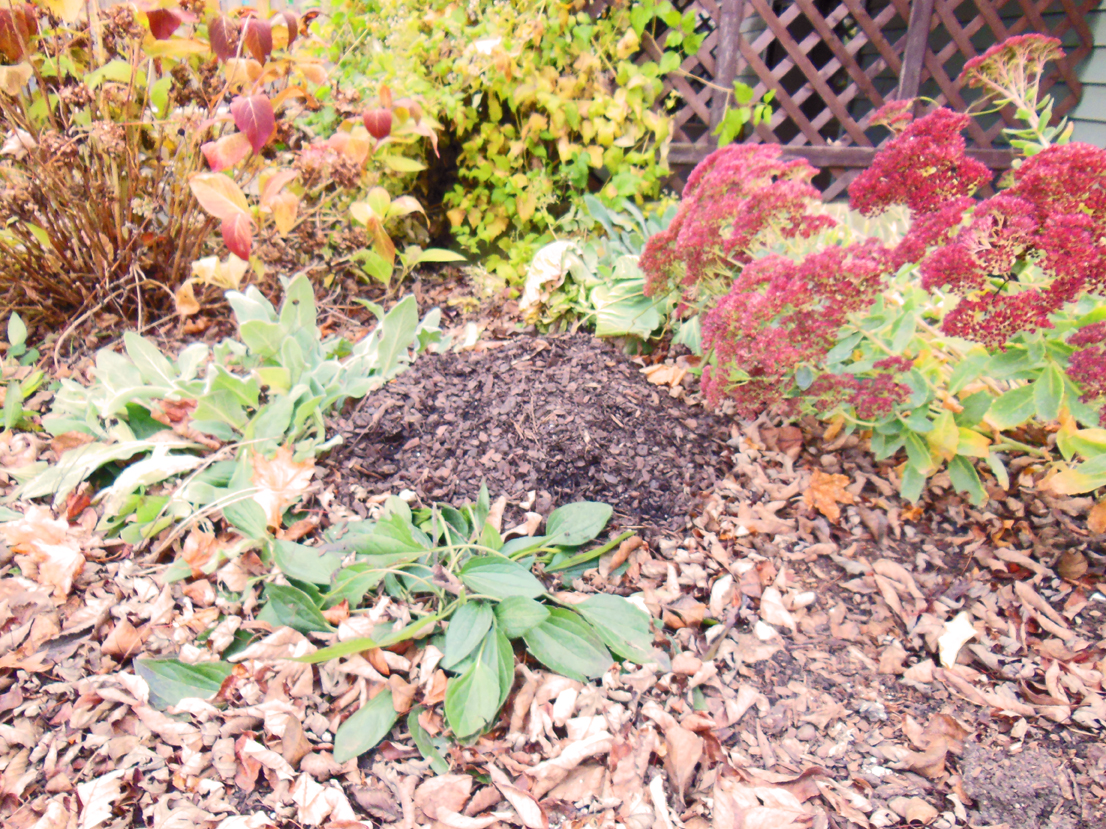
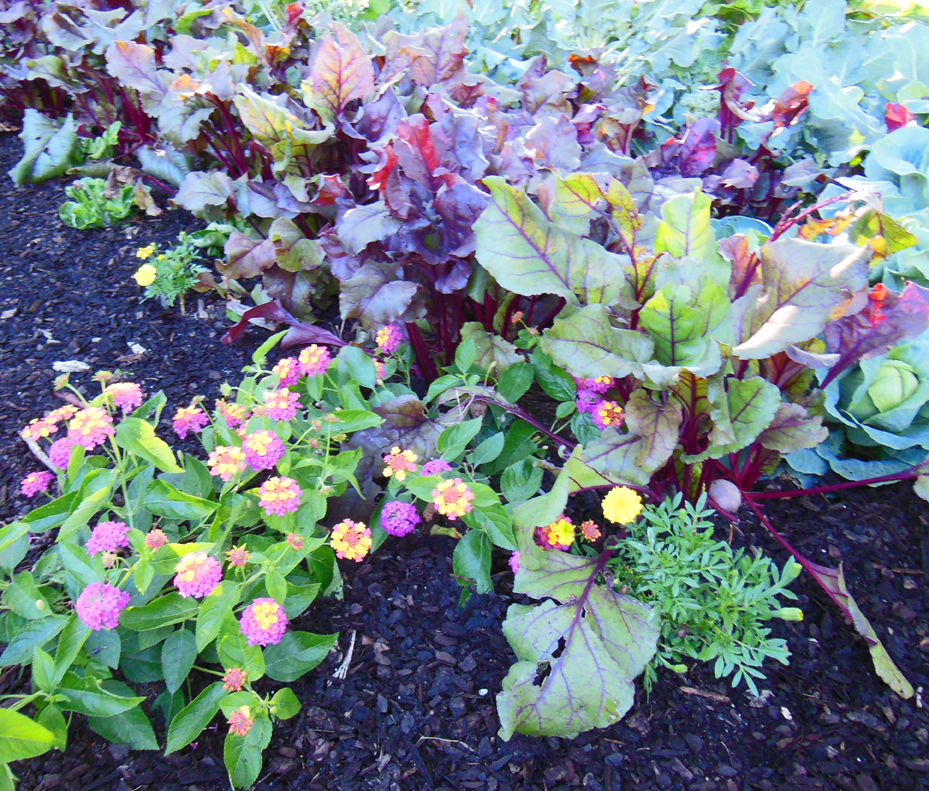
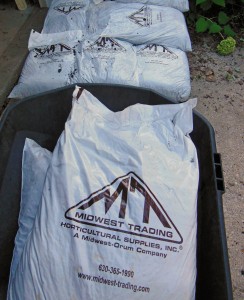
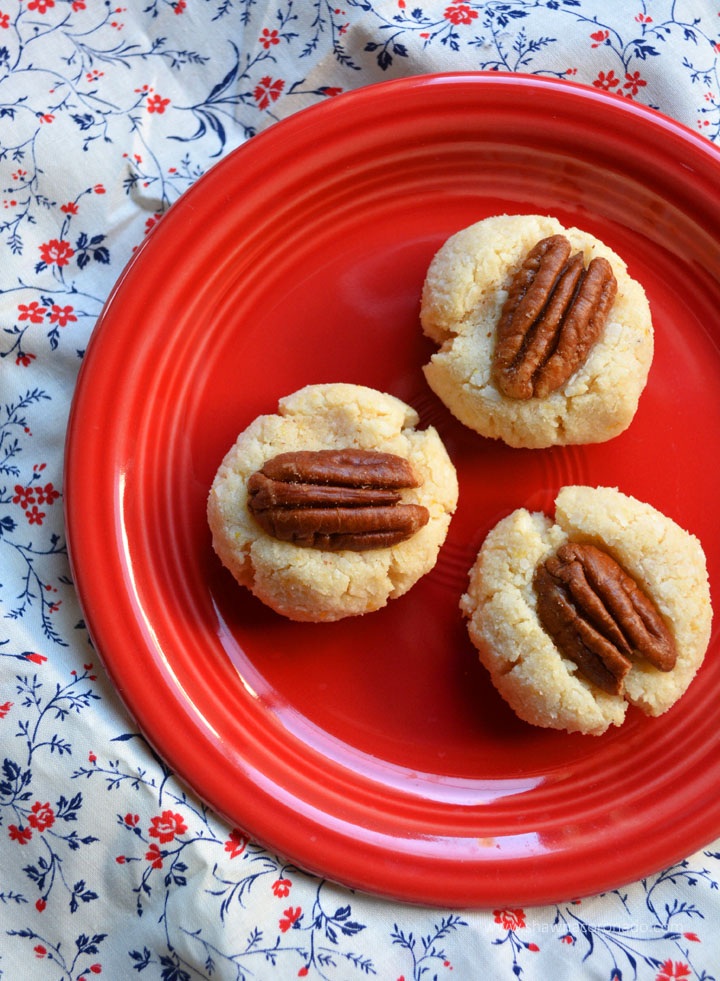
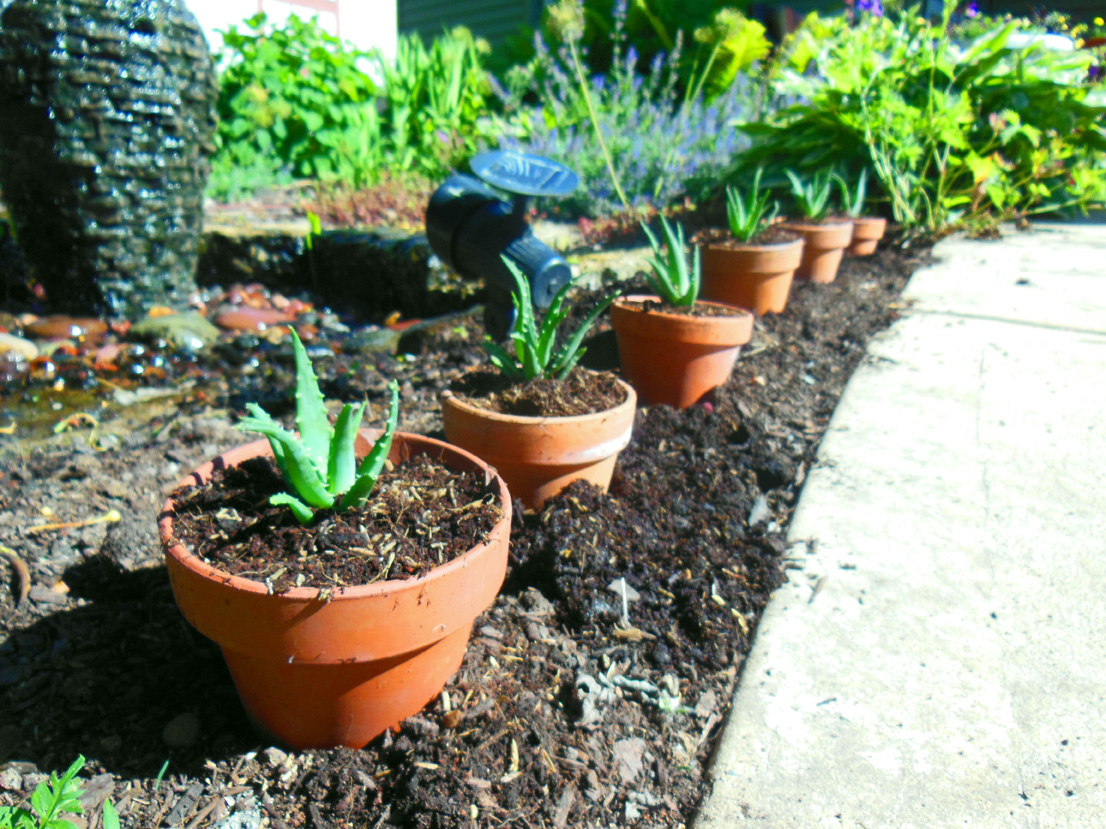
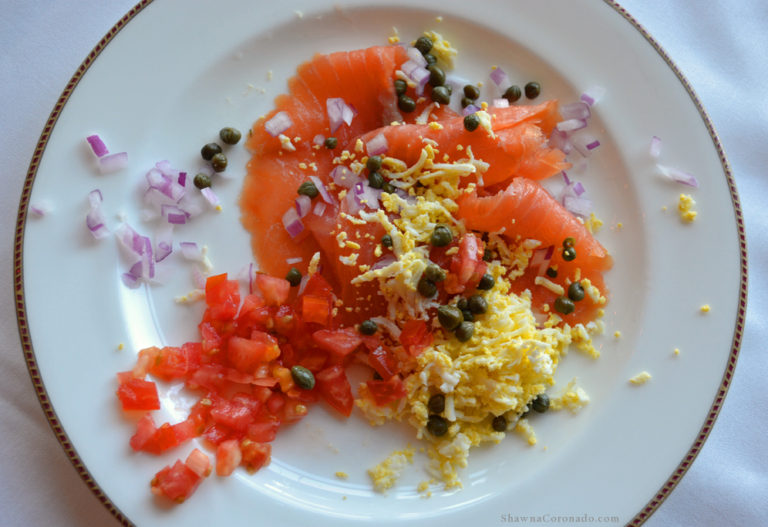
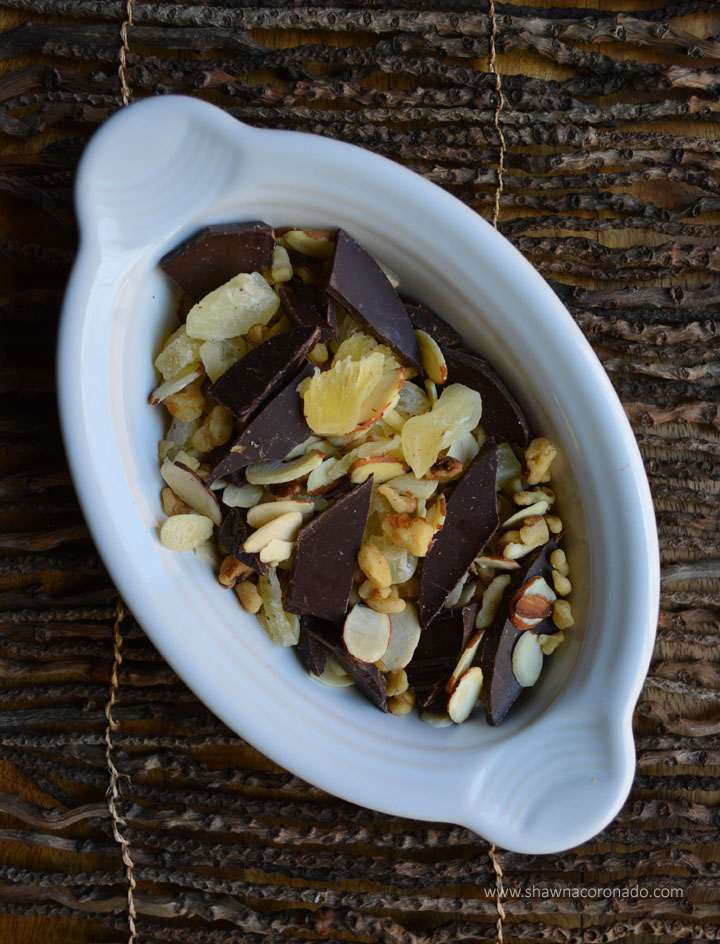
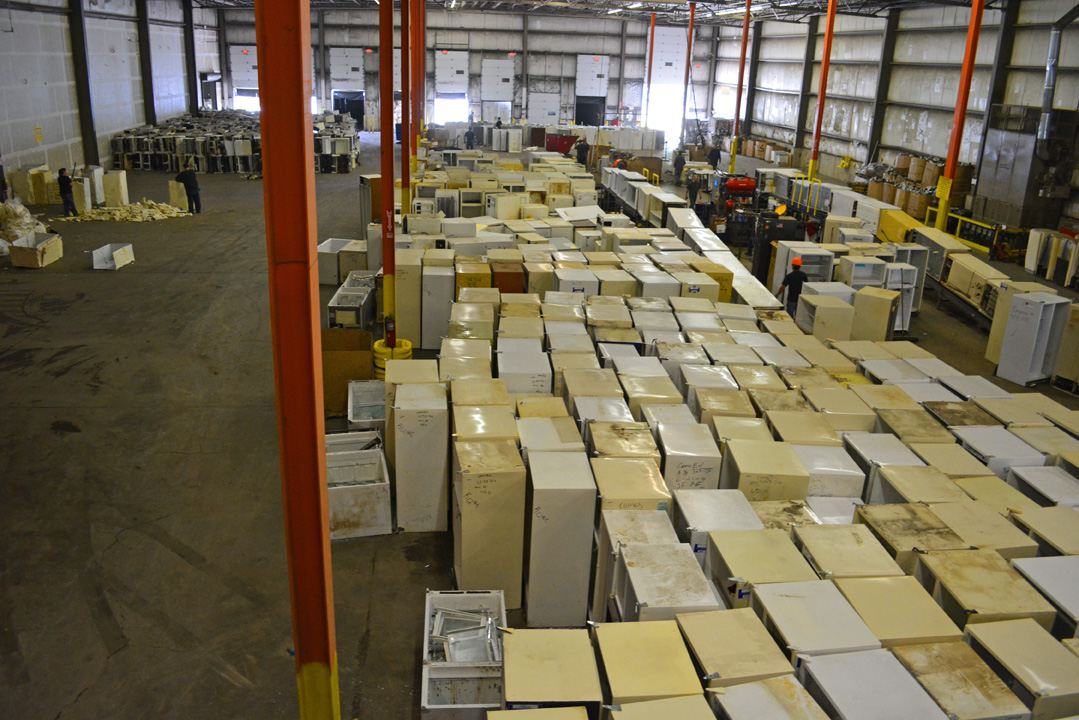
I live in the Caribbean and my container plants are not as lush as they were over the summer.No we don’t have seasons here but it has been very dry. Mulch sounds like a great idea.I’ll try it and let you know what happens…
Definitely sounds like it might be a moisture issue. Too much wind and dry weather do not do well for container gardens!
Also – I have some tips for planting your plants in container soil that really work. Here’s a link – http://ded.e4d.myftpupload.com/2012/03/a-secret-tip-to-prevent-container-gardening-dry-out-syndrome-and-save-money-on-your-potted-plants/
Best of luck!
Shawna